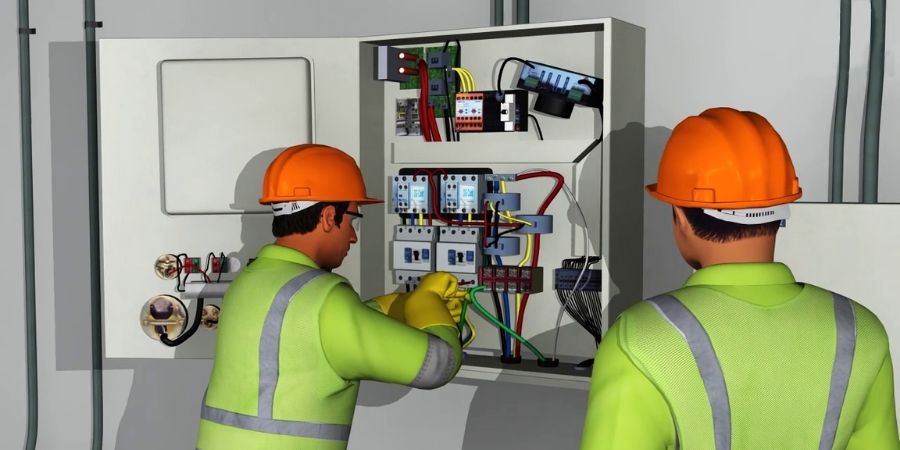Safety Animation as a forensic tool for Industries

Triple bottomline of organizations in the modern context is becoming increasingly relevant – the climate heating and shifting patterns of natural catastrophes has brought it into active focus. Meanwhile industries are trying to achieve resilience with respect to their safety and environmental footprint.
At the same time, industries are constantly undergoing safety evaluations, inspections and audits to increase safety quotient and reign in accident and incident related costs. A logical method to reinforce safety learnings is via safety animation – easy to deliver, multilingual and near exact replication of conditions and circumstances allows for cohesive learning delivery.
This tool has another dimension to its repertoire – which can allow industries, safety experts and statutory bodies to enable, deploy and enact better safety measures, process controls and laws, respectively.
Safety animation has become a promising investigative tool in incident and accident recreation. Here is a case in point, taken from the Chemical safety board (U.S) which has effectively captured, explained and managed to outline, learning outcomes from a series of serious safety violations at a powdered iron manufacturing facility.
The main motivation that should serve as a reminder to both investigators and industry in any incident or accident – root-cause determination and the safety methodology to be constituted, updated or installed which prevents such a happenstance from occurring in the future.
Industrial diversity, sources of energy, machine and equipment complexity and the human knowledge application are all liable to hazards, malfunctions and careless behaviour, respectively.
In certain cases, extraordinary situations like flooding or tsunamis (Fukushima nuclear facility) can trigger an industrial emergency.
To understand and learn from them remains the only way forward for safe industrial progress. Similarly, accident and incident recreation can aid employees to take their own safety more seriously – one of Europe’s leading automobile ancillary manufacturer relies on ASK-EHS safety animation studio to recreate its past incidents. To demonstrate effectiveness of safe working procedures as well as remedial procedures that should have been undertaken to prevent future incidents.
This highlights safety in a manner which can be revisited by all parties. It can aid investigative agencies and compliance authorities to present evidence and enable better fact finding that can make a significant difference to the way safety laws are implemented.
Safety animation can establish the chronology, capture the complexity or sheer chance with which the series of unsafe escalations unfolded and then effectively display them, integrate their course and visualise it for common audiences. Reaffirming and constituting accurate message delivery even for non-technical audiences.
While SOPs and protocols are effectively translated into audio-visual medium by animation – simple but critical variances (which are part of process intensive industries) can later be added at the right timeframes to adjust and update knowledge delivery.
All the while, its distribution and universal understanding being the key highlight that engages and establishes message delivery with clarity. Another way of utilizing animation would be to use it in monitoring maintenance process and then translating the active field learnings into animation logs.
This can lead to creation of aggregated learning repository with the ability to act as ready reference for all future purposes. However, the complexity and capture methods would have to evolve, and consistent context would be crucial.


